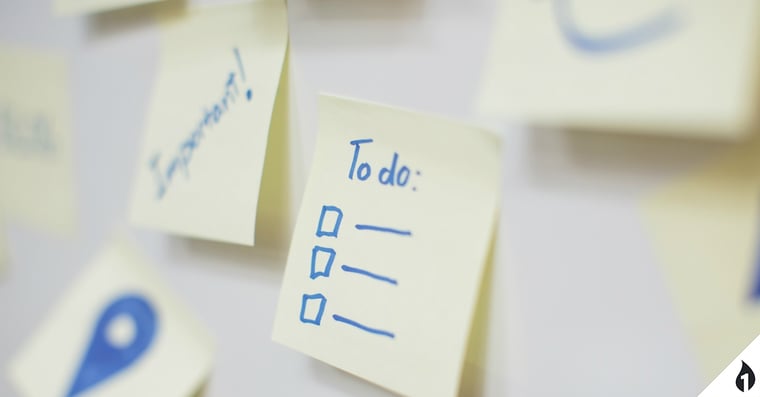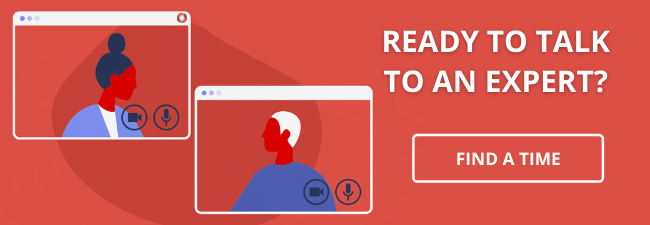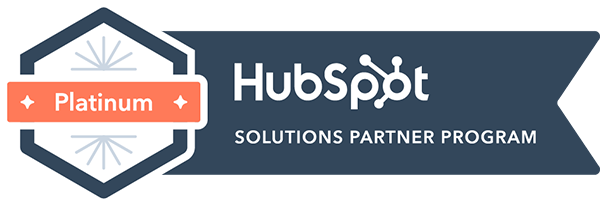
You've done your research and you're ready to create an enterprise mobile app. It's time to figure out what goes into custom software development and how you can help shape your product into a success.Creating custom software is an intensive development process that requires commitment and input from both the individual/company asking for the app and the agency providing it. To be the best possible partner (and ensure the best possible product) follow these Dos and Don'ts of custom software development:
Do: Keep it user-centered
Don't: Create for yourself
It's so easy to design things with yourself in mind. You know what you like and it's easy to assume that others will like (and think) the same. It's called the False Consensus Effect. For example, pretend you're helping promote a concert. As one of the sponsors, you get your logo on the poster of the artist that will be sold during the show. The graphic designer working on the poster sends you a draft and you send it right back. "Our logo should be at least 10X that size!" you type, indignant. To you, the focal point is your company's logo. To a fan, the focal point is the artist and they may be dissuaded from buying if the poster reflects your interests over theirs. Another example: you're tech savvy and when you're directing the functionality design of your app, you insist on a complicated (but impressively devised) user interface. Whether it's the aesthetic or the functionality, you want to carefully consider what the general user is going to appreciate. It can be difficult to take yourself out of it, but creating for yourself is a recipe for an app you'll be proud of and no one will use.
Do: Gather all needed materials up front
Don't: Find out you're unprepared mid-project
Going into a custom software development project, like an enterprise app is an undertaking. You're a close partner in the process and to ensure that your project stays on budget, it works best to gather all necessary materials in the earliest stages. This includes things like company logos, brand guidelines, app requirements, project-specific content, and deadlines. For the agency building your custom software or enterprise app, this allows them to stay on schedule and accurately predict how long each stage of the project will take to complete. That means more accurate timelines and a better idea of when a finished product will be in hand. The danger in not providing the necessary materials from the start is finding out that you're unprepared or don't have something you need mid-project. For example, imagine the design of your app is almost complete. Then, you're asked for a high-quality company logo and you don't have it. You figured the agency could whip something up when it was time. Something like a logo design is an entirely separate project. Not only will you be charged more for a creative service and product, but the timeline for your project will fly off the rails. That's a big problem if you've stated a target release date and have to push it back weeks.
Do: Make decisions and stick with them
Don't: Change important details suddenly
There are numerous important decisions that need to be made when developing custom software. When those decisions come due, it's best to be decisive and steadfast. For example, you'll need to decide what platform you want to deliver the software on: iOS, Android (for mobile), Windows, or Mac. Once that decision is made, many intricacies of the building process rely on that information. It's something that can technically be changed, but it changes the entire project. Likewise for seemingly "minor" changes like layout and colors. Having all materials from the start and making decisions go hand in hand. The development of custom software is a difficult process and any changes asked for, outside of the scope of the project, can change its course. Try to treat decisions about your app like the 'final answer' in 'Who Wants to Be a Millionaire?' Consider it locked in. Of course, there will always be unusual or extenuating circumstances where last-minute changes are necessary. That's ok, as long as both the agency and client remain on the same page regarding its probable affect on budget and schedule.
Do: Be patient and follow the process
Don't: Expect a quick turnaround and flawless product
The greatest gifts you can give to the agency working on your custom software development are patience and a willingness to understand the process. Developers build a unique and high-functioning enterprise app (or touch screen display or other software product) sometimes from the ground up. It's not easy and requires immense concentration and diligence. For those unfamiliar with coding or software design, it can seem like a small project: "I just need an app that will do everything Facebook's does, for my employees." But, behind the scenes, developers are writing that product into existence in a different language. It's not arbitrary that coders are often depicted in media as beleaguered and wide-eyed, hunched over a monitor, crashing their fingers onto keyboards. What you may see as "a simple app" is, in reality, incredibly challenging. So, being aware of what goes into the process helps. So does exercising patience. One downside to building an entirely new and custom software program is dealing with the unknown. Along the way, there may be functions or design aspects that sounded good, but aren't working out. Or, maybe the product gets into beta and starts mysteriously malfunctioning. That could mean another week of troubleshooting and testing. No matter what, it's best to not expect immediacy and understand that building a perfect product takes time.
Do: Actively communicate
Don't: Fall off the earth
Above all else, what keeps a custom software development project moving and on a successful trajectory is your help. Actively communicating what you want and making sure the agency building it has what it needs, is pivotal. Be available when the agency reaches out to address a concern about budget, schedule, or something about the product. The more willing you are to work with the agency and be an active part of the process, the more likely it is that the finished product will be phenomenal. Don't disappear during the project and then return later with complaints that could have been addressed earlier.
Having an enterprise mobile app or other custom software is a boon for your business. Remembering these Dos and Don'ts will ensure that the process is smooth, the product is fantastic, and the results transform your business for the better.




